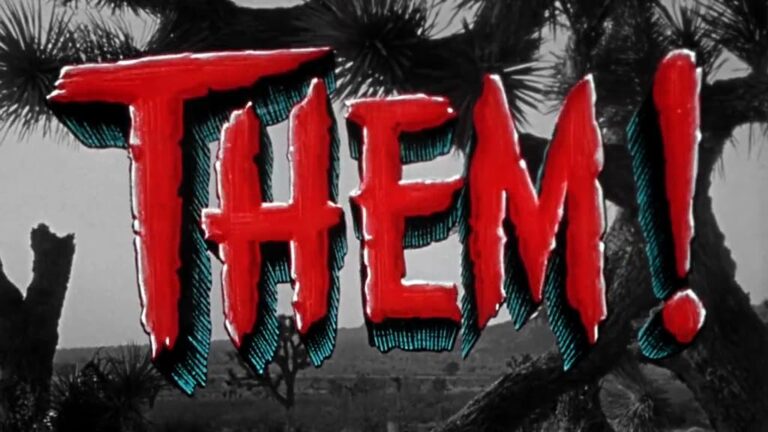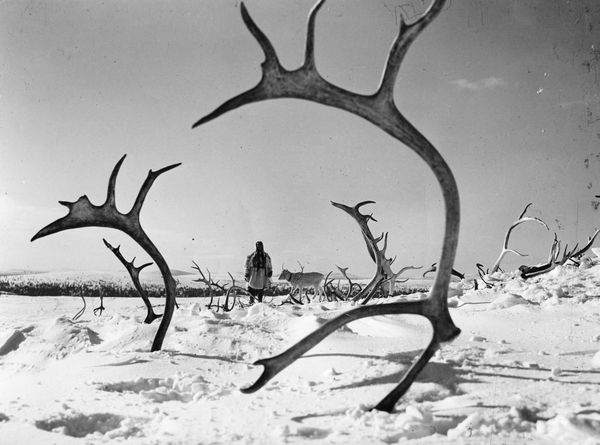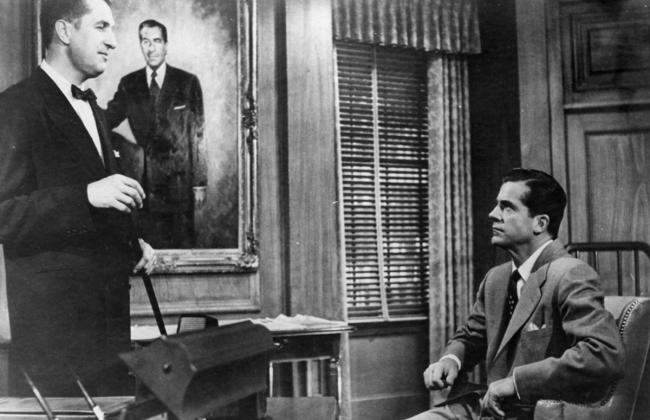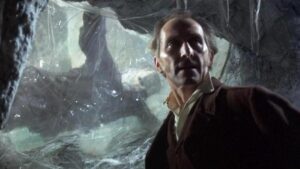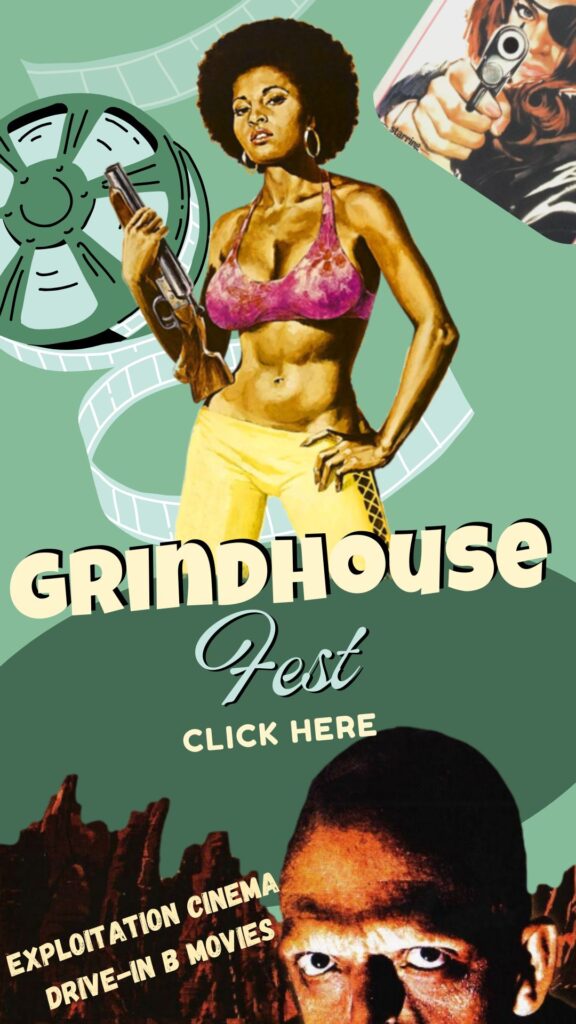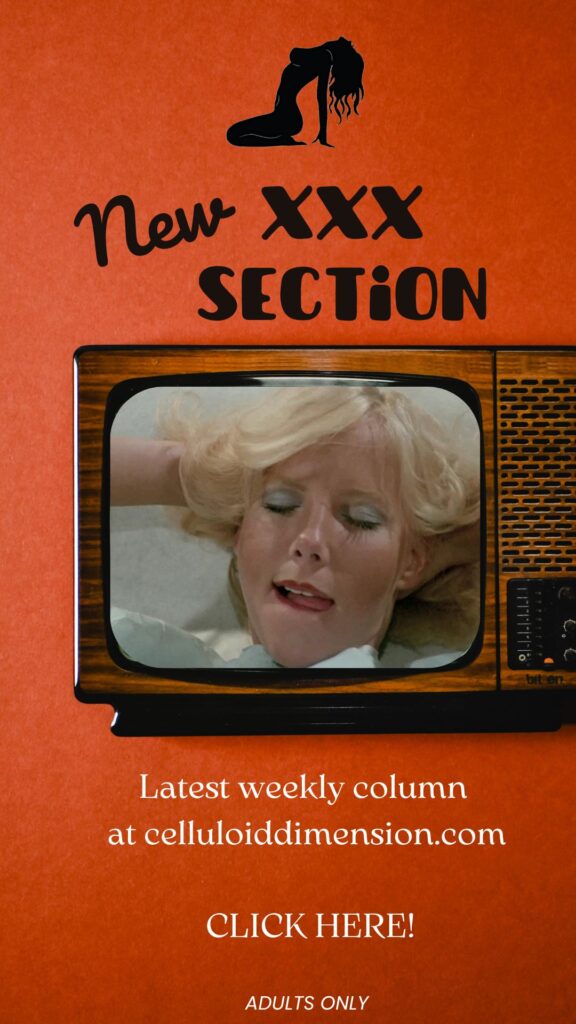Directed by Terence Fisher
Written by Jimmy Sangster
Starring:
- Peter Cushing as Victor Frankenstein
- Christopher Lee as The Creature
- Hazel Court as Elizabeth
- Robert Urquhart as Paul Krempe
- Melvyn Hayes as Young Victor
- Valerie Gaunt as Justine
- Paul Hardtmuth as Prof. Bernstein
Rating: ![]()
The Curse of Frankenstein (1957) is the film that revitalized British horror and inaugurated a new era in genre cinema, marking both a radical aesthetic departure and a crucial milestone in the evolution of the Hammer film studio. More than a simple adaptation, Terence Fisher’s film operates as a bold re-evaluation of Mary Shelley’s enduring myth—a reimagining steeped in blood, sensuality, and psychological complexity.
Where Universal’s Frankenstein had veered toward stylized melancholy, screenwriter Jimmy Sangster’s script refocuses the tale through a lens of moral decay and personal ambition. The result is a narrative anchored not in the monster, but in the man who made him: Dr. Victor Frankenstein, played with eerie elegance and calculated mania by Peter Cushing. Cushing’s performance is a revelation, his Victor not a cackling caricature of madness but a steely, intelligent figure, whose descent into hubristic obsession is charted with chilling precision. Through Cushing, the Doctor becomes both protagonist and anti-hero—aristocratic, charming, and profoundly corrupted. It is, arguably, the first time since Shelley’s novel that the character regains his literary dimension as a tragic emblem of Enlightenment gone awry.
While Boris Karloff’s 1931 performance remains an unassailable icon of cinematic horror, Christopher Lee’s interpretation of the creature offers something more primal and restrained. Denied the eloquence of Shelley’s creature or the pathos of Karloff’s, Lee instead imbues his monster with an animalistic menace and tragic physicality, evoking pity and terror through sheer presence. He is less a character than a fractured body, the unconscious by-product of Victor’s godless ambition—unrefined, mutilated, and abandoned.
The film’s status as Hammer’s first color horror is not incidental: it is, in fact, essential to its aesthetic and symbolic impact. The vivid Eastmancolor palette becomes a vehicle for transgression, flooding the gothic mise-en-scène with rich reds, sickly greens, and opulent golds. Terence Fisher, a director of considerable but often underappreciated craft, eschews the expressionist chiaroscuro of earlier horror in favor of a new, lurid romanticism. His vision is less haunted castle than decadent drawing room, less Gothic sublime than aristocratic rot. It is no accident that Frankenstein’s laboratory resembles a gentleman’s study more than a dungeon—madness, after all, is now clad in refinement.
What distinguishes The Curse of Frankenstein is its barely repressed eroticism. In Fisher’s hands, Frankenstein’s quest for divine creation becomes a veiled metaphor for unchecked male desire—for the will to dominate, to create life without woman, to breach all moral and natural limits in pursuit of pleasure and power. The film thrums with an undercurrent of sexual deviance: Victor’s disdain for convention, his cold seduction of his maid, and his obsessive fixation on his work all point to a character driven not just by scientific curiosity, but by a need to assert himself as god and lover, master and destroyer. In this sense, his experiments are not simply hubristic—they are libidinal. Frankenstein does not just defy nature; he attempts to possess it.
Though comparatively modest in budget and scale, The Curse of Frankenstein is nevertheless a landmark achievement in horror cinema. It established the template for Hammer’s distinctive blend of literary adaptation, gothic excess, and sensual provocation. In turning its gaze inward—toward the psyche of its central figure rather than the iconography of the monster—it ushered in a more adult, more dangerous kind of horror. A horror where evil is not otherworldly, but self-authored; not the stuff of superstition, but the inevitable consequence of unchecked will.
This is horror not only of blood and bone, but of repression, seduction, and the sublime collapse of moral order. In short: it is the beginning of modern gothic cinema.

